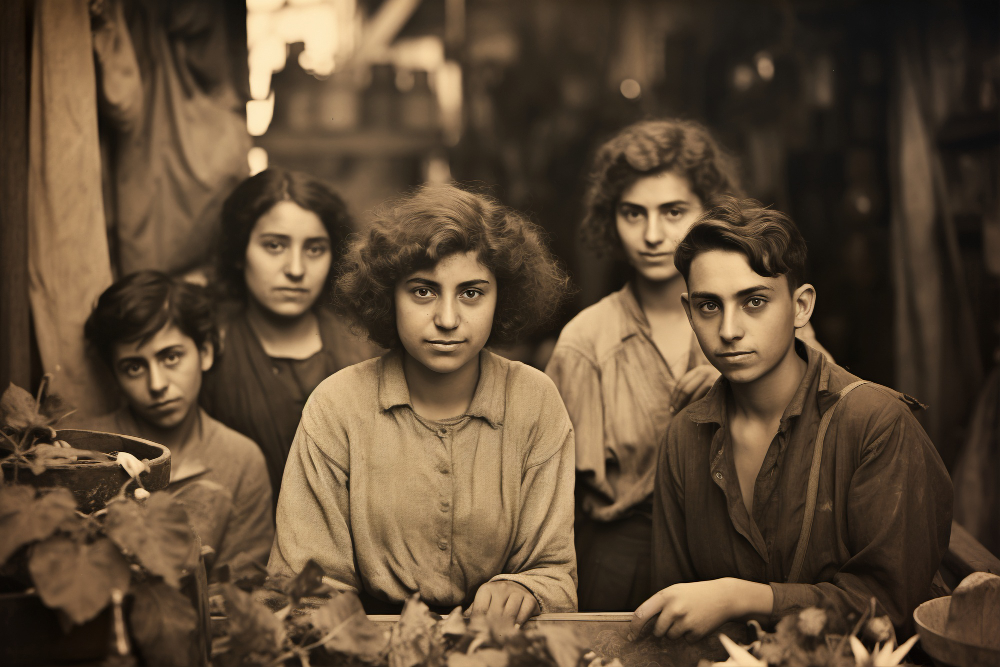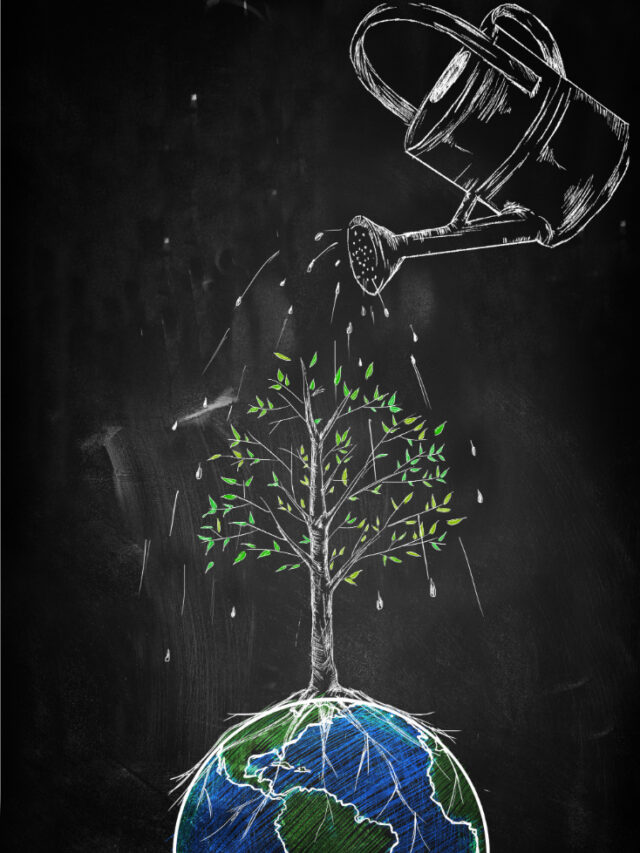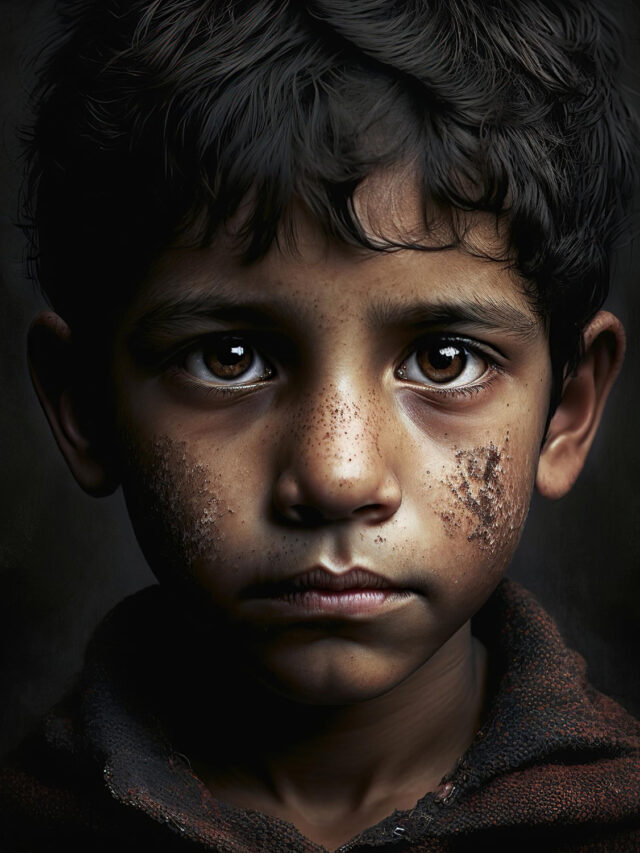Van Dyck Brown. It rolls off the tongue, a familiar friend in any artist’s palette. But this rich, earthy hue holds a deeper secret – a fascinating history and mixing techniques employed by the Flemish masters that many artists overlook.
Back in the 16th century, this pigment wasn’t known as Van Dyck Brown at all. It was called Cassel Earth, named after its source in Germany. Artists like Rembrandt and Rubens cherished the warm depth of the historical paint colors.
Let’s dive into the history of the color Van Dyck brown and take a look at some of the paint color techniques invented by the artist Antony Van Dyck.
How The Name Van Dyck Came To Be
The “Van Dyck” part of the name is a later tribute, emerging in the 1830s, likely a nod to Anthony van Dyck’s masterful use of the color. The artist never actually referred to the pigment by his name. The term “Van Dyck Brown” only emerged much later, in the 1830s, likely as a tribute to his masterful use of the color.
But here’s the real intrigue: van Dyck wasn’t just slathering it on straight. Analyses of his paintings reveal a secret sauce of mixing techniques.
The Three Magical Colors That Make The Van Dyck Brown
For the Van Dyck brown pigment- the deep, mysterious shadows that seem to breathe life into his portraits, Antony Van Dyck reached for a potent combination: Cassel Earth, carbon black, and lead white. That is the Van Dyck brown secret- the concoction creates richness and built-up foundational layers.
The Artistic Legend That Is Anthony Van Dyck
But Van Dyck’s genius didn’t stop there. He also employed glazes – thin, transparent layers – of pure Cassel Earth to add complexity and a certain magic to his shadows.
And for those lush, earthy greens that evoke rolling hills and ancient forests? Van Dyck wasn’t afraid to get his hands dirty, mixing Cassel Earth with vibrant yellows.
So next time you reach for that Van Dyck Brown tube, remember the legacy it carries. It’s not just a color; it’s a portal to the techniques of the Flemish masters, waiting to be unlocked and reinterpreted in your own artistic journey.








